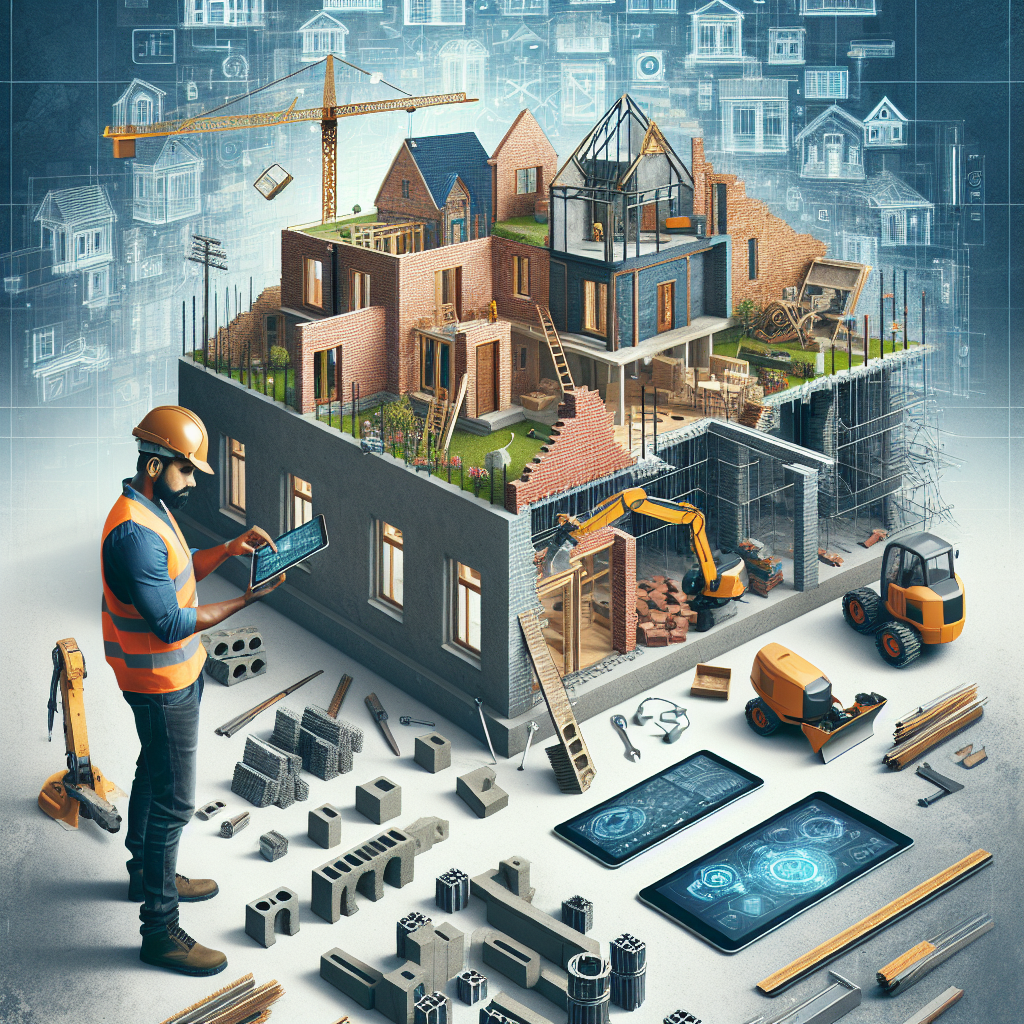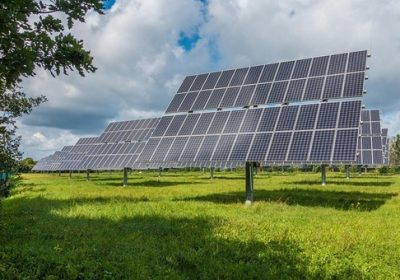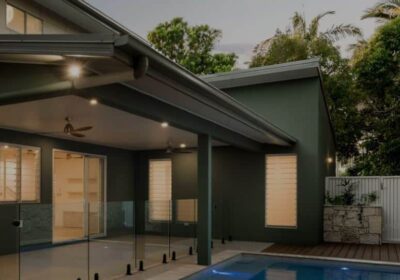Building Materials and Technology for Knock Down Rebuilds
Table of Contents
Building materials and technology for knock down rebuilds (KDR) play a crucial role in modern construction, offering innovative solutions for efficient, sustainable, and high-quality home reconstruction. KDR involves demolishing an existing structure and rebuilding a new one on the same site, often to meet contemporary design standards, improve energy efficiency, or accommodate changing family needs. Key building materials include advanced composites, high-performance concrete, engineered timber, and sustainable options like recycled steel and eco-friendly insulation. Technological advancements such as Building Information Modeling (BIM), prefabrication, and modular construction techniques streamline the KDR process, reducing construction time, minimizing waste, and enhancing precision. These materials and technologies collectively contribute to creating durable, aesthetically pleasing, and environmentally responsible homes that meet the demands of modern living.
Innovative Building Materials for Sustainable Knock Down Rebuilds
In the realm of modern construction, the concept of knock down rebuilds has gained significant traction, offering homeowners the opportunity to replace outdated structures with new, efficient, and aesthetically pleasing buildings. Central to this process is the selection of innovative building materials that not only enhance the structural integrity and longevity of the new build but also contribute to sustainability. As environmental concerns become increasingly paramount, the construction industry is witnessing a shift towards materials that minimize ecological impact while maximizing performance.
One of the foremost materials revolutionizing knock down rebuilds is cross-laminated timber (CLT). CLT is a prefabricated, solid engineered wood panel that is lightweight yet remarkably strong. Its layered construction provides exceptional stability and load-bearing capacity, making it an ideal choice for both residential and commercial projects. Moreover, CLT is sourced from sustainably managed forests, ensuring that its use supports responsible forestry practices. The production process of CLT also generates less waste compared to traditional building materials, further underscoring its environmental benefits.
Transitioning from wood to concrete, another innovative material making waves in sustainable construction is high-performance concrete (HPC). HPC is designed to offer superior durability, reduced permeability, and enhanced resistance to environmental stressors. This advanced form of concrete incorporates supplementary cementitious materials such as fly ash and slag, which not only improve its performance characteristics but also reduce the carbon footprint associated with cement production. By utilizing HPC, builders can create structures that are not only robust and long-lasting but also aligned with green building standards.
In addition to CLT and HPC, the integration of recycled materials into construction practices is gaining momentum. Recycled steel, for instance, is increasingly being used in knock down rebuilds due to its strength, versatility, and recyclability. Steel can be recycled multiple times without losing its properties, making it a sustainable choice for framing and structural components. The use of recycled steel not only conserves natural resources but also reduces the energy consumption and emissions associated with steel production.
Furthermore, the advent of advanced insulation materials has significantly improved the energy efficiency of new builds. Aerogel insulation, known for its exceptional thermal performance, is one such material that is being adopted in sustainable construction. Aerogel is composed of a gel in which the liquid component has been replaced with gas, resulting in a material that is both lightweight and highly effective at minimizing heat transfer. By incorporating aerogel insulation into walls, roofs, and floors, builders can achieve superior thermal regulation, thereby reducing the energy required for heating and cooling.
Moreover, the use of smart building technologies is transforming the way knock down rebuilds are approached. Smart materials, such as phase change materials (PCMs), are being integrated into building envelopes to enhance thermal comfort and energy efficiency. PCMs absorb and release thermal energy during phase transitions, helping to maintain stable indoor temperatures. This innovative approach not only improves occupant comfort but also reduces reliance on mechanical heating and cooling systems, contributing to overall energy savings.
In conclusion, the selection of innovative building materials plays a crucial role in the success of sustainable knock down rebuilds. By embracing materials such as cross-laminated timber, high-performance concrete, recycled steel, advanced insulation, and smart technologies, builders can create structures that are not only durable and efficient but also environmentally responsible. As the construction industry continues to evolve, the adoption of these materials will be instrumental in shaping a more sustainable and resilient built environment.
Smart Home Technology Integration in Knock Down Rebuild Projects

In the realm of modern construction, knock down rebuild (KDR) projects have emerged as a popular choice for homeowners seeking to replace outdated structures with contemporary, efficient, and personalized homes. One of the most compelling aspects of these projects is the integration of smart home technology, which not only enhances the functionality and convenience of the living space but also significantly contributes to energy efficiency and sustainability. As we delve into the intricacies of smart home technology integration in KDR projects, it becomes evident that the synergy between advanced building materials and cutting-edge technology is pivotal in creating homes that are both intelligent and resilient.
To begin with, the selection of building materials plays a crucial role in the successful implementation of smart home systems. Modern materials such as insulated concrete forms (ICFs), structural insulated panels (SIPs), and advanced glazing solutions provide superior thermal performance, which is essential for the optimal functioning of smart climate control systems. These materials not only improve the energy efficiency of the home but also ensure that smart thermostats and HVAC systems operate with maximum efficacy, thereby reducing energy consumption and lowering utility bills.
Moreover, the integration of smart home technology necessitates a robust and reliable infrastructure. This includes the installation of advanced wiring systems, high-speed internet connectivity, and centralized control hubs. The use of structured wiring, for instance, allows for seamless communication between various smart devices, ensuring that they can be easily monitored and controlled through a single interface. Additionally, the incorporation of wireless technologies such as Wi-Fi 6 and mesh networks ensures that the entire home remains connected, providing uninterrupted access to smart home features.
Transitioning to the realm of security, smart home technology offers a plethora of solutions that enhance the safety and security of KDR homes. Smart locks, video doorbells, and surveillance cameras provide homeowners with real-time monitoring and control over their property, even when they are away. These devices can be integrated with advanced building materials such as reinforced doors and windows, creating a formidable barrier against potential intruders. Furthermore, smart security systems can be programmed to send alerts and notifications to the homeowner’s smartphone, ensuring that they are always informed of any unusual activity.
In addition to security, smart home technology significantly enhances the convenience and comfort of KDR homes. Voice-activated assistants, smart lighting systems, and automated appliances allow homeowners to control various aspects of their living environment with ease. For instance, smart lighting systems can be programmed to adjust based on the time of day or occupancy, providing optimal illumination while conserving energy. Similarly, automated appliances such as smart refrigerators and washing machines can be controlled remotely, allowing homeowners to manage their household chores efficiently.
Furthermore, the integration of smart home technology in KDR projects extends to the realm of sustainability. Smart irrigation systems, for example, can be programmed to water the garden based on weather conditions and soil moisture levels, thereby conserving water and promoting sustainable landscaping practices. Additionally, the use of smart meters and energy monitoring systems enables homeowners to track their energy consumption in real-time, allowing them to make informed decisions about their energy usage and reduce their carbon footprint.
In conclusion, the integration of smart home technology in knock down rebuild projects represents a harmonious blend of advanced building materials and innovative technology. This synergy not only enhances the functionality, security, and convenience of the home but also promotes energy efficiency and sustainability. As homeowners continue to seek personalized and intelligent living spaces, the role of smart home technology in KDR projects will undoubtedly become increasingly significant, paving the way for a new era of modern, resilient, and sustainable homes.
Cost-Effective Solutions for Modern Knock Down Rebuild Construction
In the realm of modern construction, knock down rebuild (KDR) projects have emerged as a popular solution for homeowners seeking to replace outdated structures with contemporary, efficient designs. This approach not only maximizes the potential of the property but also ensures that the new build meets current standards of sustainability and functionality. A critical aspect of KDR projects is the selection of building materials and technology, which significantly impacts both the cost and quality of the final construction. By focusing on cost-effective solutions, homeowners and builders can achieve a balance between affordability and excellence.
One of the primary considerations in KDR projects is the choice of building materials. Traditional materials such as brick and timber remain popular due to their durability and aesthetic appeal. However, advancements in technology have introduced alternative materials that offer similar benefits at a reduced cost. For instance, engineered wood products, such as cross-laminated timber (CLT), provide the strength and stability of traditional timber while being more cost-effective and environmentally friendly. Additionally, prefabricated panels and modular components can significantly reduce construction time and labor costs, making them an attractive option for KDR projects.
Moreover, the integration of sustainable materials is becoming increasingly important in modern construction. Recycled steel, for example, is not only a cost-effective alternative to new steel but also reduces the environmental impact of the build. Similarly, the use of reclaimed wood and recycled concrete can contribute to a more sustainable construction process while maintaining structural integrity. These materials not only help in reducing the overall cost but also align with the growing emphasis on eco-friendly building practices.
In addition to material selection, the incorporation of advanced construction technologies plays a pivotal role in optimizing KDR projects. Building Information Modeling (BIM) is one such technology that has revolutionized the construction industry. BIM allows for the creation of detailed 3D models of the building, enabling precise planning and coordination among various stakeholders. This technology helps in identifying potential issues early in the design phase, thereby reducing costly errors and delays during construction. Furthermore, BIM facilitates better resource management, ensuring that materials are used efficiently and waste is minimized.
Another technological advancement that contributes to cost-effective KDR projects is the use of energy-efficient systems and smart home technologies. Incorporating energy-efficient windows, insulation, and HVAC systems can significantly reduce the long-term operational costs of the building. Additionally, smart home technologies, such as automated lighting and climate control systems, enhance the functionality and comfort of the new build while promoting energy conservation. These technologies not only add value to the property but also result in substantial savings over time.
Furthermore, the adoption of innovative construction methods, such as 3D printing and robotic construction, is gradually gaining traction in the industry. These methods offer the potential to streamline the construction process, reduce labor costs, and improve precision. For example, 3D printing can be used to create complex architectural elements with minimal material waste, while robotic construction can automate repetitive tasks, increasing efficiency and reducing the risk of human error.
In conclusion, the success of modern knock down rebuild projects hinges on the strategic selection of building materials and the integration of advanced construction technologies. By prioritizing cost-effective solutions, homeowners and builders can achieve high-quality, sustainable, and efficient new builds that meet contemporary standards. The continuous evolution of materials and technologies promises to further enhance the feasibility and appeal of KDR projects, making them a viable option for those looking to modernize their living spaces.
Read more about Knock Down Rebuilds:
- Understanding Knock Down Rebuilds
- Costs and Financing for Knock Down Rebuilds
- Finding the Right Location for Your Knock Down Rebuild
- Designing Your Dream Home with a Knock Down Rebuild
- Working with a Knock Down Rebuild Builder
- Permits and Regulations for Knock Down Rebuilds
- Demolition and Site Preparation for Knock Down Rebuilds
- Interior Design and Finishing Touches for Knock Down Rebuilds
- Moving into Your New Home and Future Maintenance









